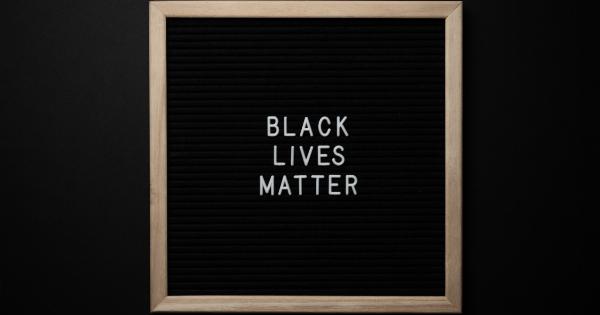Panic attacks can be overwhelming and terrifying. They often come on unexpectedly and can leave you feeling helpless and out of control.
However, there are practical steps you can take during a panic attack to help alleviate symptoms and regain a sense of calm. In this article, we will discuss ten effective strategies to manage a panic attack when it strikes.
1. Recognize the Panic Attack
The first step in managing a panic attack is to recognize and accept that you are experiencing one. Panic attacks often share common symptoms such as shortness of breath, rapid heartbeat, chest pain, dizziness, and a sense of impending doom.
Acknowledging and understanding these symptoms as part of a panic attack can provide a sense of control and reduce anxiety.
2. Deep Breathing Exercises
Practice deep breathing exercises to help calm your body and mind during a panic attack. Breathe in slowly through your nose, filling your lungs with fresh air, and then exhale slowly through your mouth.
Focus on the sensation of your breath entering and leaving your body. Deep breathing can help regulate your heart rate and reduce feelings of panic.
3. Ground Yourself
Grounding techniques can help bring your attention back to the present moment and distract you from anxious thoughts. Engage your senses by focusing on the details of your surroundings.
Notice five things you can see, four things you can touch, three things you can hear, two things you can smell, and one thing you can taste. This practice can help anchor you in the present and reduce panic symptoms.
4. Challenge Negative Thoughts
Panic attacks are often fueled by negative thoughts and catastrophic thinking. Challenge these thoughts by questioning their validity and replacing them with more positive and realistic alternatives.
Remind yourself that panic attacks are temporary, and that you have successfully managed them in the past.
5. Use Relaxation Techniques
Explore various relaxation techniques to help alleviate panic symptoms. Progressive muscle relaxation involves tensing and relaxing each muscle group in your body, starting from your toes and moving up to your head.
Meditation, yoga, and guided imagery are also effective tools to promote relaxation and reduce anxiety during a panic attack.
6. Stay in the Present Moment
During a panic attack, it is common for your mind to race with worries about the future or past events. Redirect your thoughts to the present moment by focusing on your breathing, physical sensations, or the details of your surroundings.
Repetitive activities like counting backwards from 100 or reciting a poem can also help you stay grounded in the present.
7. Seek Support
Reach out to a trusted friend, family member, or mental health professional during a panic attack. Talking to someone who understands and supports you can provide comfort and reassurance.
If you are alone, consider calling a helpline to connect with a trained volunteer who can talk you through the panic attack.
8. Practice Self-Care
Engaging in self-care activities can help reduce the frequency and intensity of panic attacks. Prioritize regular exercise, healthy eating, sufficient sleep, and stress management techniques in your daily routine.
Taking care of your physical and mental well-being can enhance your overall resilience and reduce vulnerability to panic attacks.
9. Explore Anxiety Management Strategies
Consider seeking professional help to learn additional anxiety management strategies.
Cognitive-behavioral therapy (CBT) is a proven treatment approach that can provide you with tools to identify and challenge unhelpful thought patterns and behaviors associated with panic attacks. A therapist can also help you develop coping skills tailored to your individual needs.
10. Maintain a Panic Attack Toolkit
Create a toolkit of items that bring you comfort and help you manage panic attacks. This could include a journal for expressing your emotions, a calming playlist, stress-relief toys, or a list of positive affirmations.
Having these resources readily available can provide a sense of security and empowerment during moments of panic.































